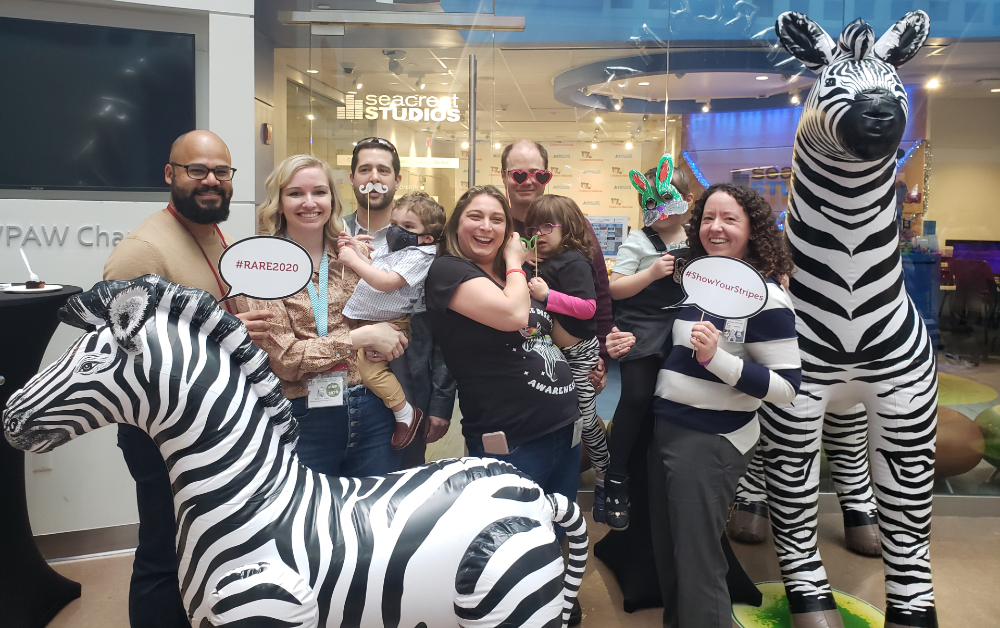Condition
Pediatric Saethre-Chotzen Syndrome
What You Need to Know
Saethre-Chotzen syndrome is a rare genetic (present at birth) condition in which certain sutures (joints) between skull bones grow together too early. This birth defect causes abnormal development in the head and face, which affect their shape.
Key Symptoms
Children with Saethre-Chotzen syndrome may have one or more of these symptoms:
- Misshapen head
- Bulging, wide-set, and possibly crossed eyes
- Drooping eyelids (ptosis)
- Uneven facial features
- Jaw deformities
- Cleft palate
- Partially fused or webbed, or unusually short fingers or toes
Diagnosis
After examining and measuring your baby's head your pediatrician may use the following diagnostic tools:
- X-rays
- Diagnostic imaging, especially CT scans
- Genetic testing
Treatment
Treatment options include:
- Surgery
- Orthodontic surgery
- Speech therapy

Schedule an Appointment
Our pediatric specialists provide personalized care for your child’s physical, mental and emotional health needs. Meet the providers who treat Saethre-Chotzen syndrome and schedule an appointment today.
Frequently Asked Questions
What is Saethre-Chotzen syndrome?
What causes Saethre-Chotzen syndrome?
What are the symptoms of Saethre-Chotzen syndrome?
How is Saethre-Chotzen syndrome diagnosed?
What treatments are available for Saethre-Chotzen syndrome?
Departments that Treat Saethre-Chotzen Syndrome

Cleft and Craniofacial Program
The Cleft and Craniofacial Program at Children's National unites experts from 10 pediatric fields to offer comprehensive care for children with craniofacial differences, assisting over 400 kids annually. Our team provides convenient, coordinated treatment, ensuring that children receive well-rounded care for their optimal growth and development in one location.

Help Kids and Make a Difference
Invest in future cures for some of life's most devastating diseases. Give today to help more children grow up stronger.





